Radek Brzózka
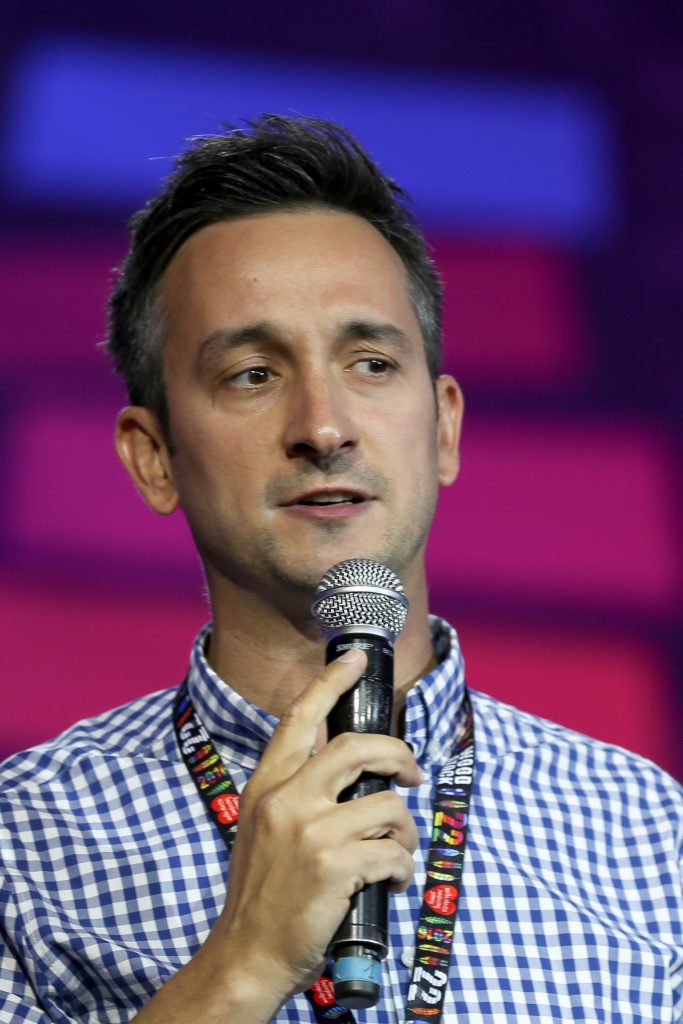
Radek Brzózka is a TV presenter and science communicator. You may recognize him as the author and host of „Jak to działa?”, a TV program in which he explains the principle of operation of everyday items and presents applications of scientific discoveries. His main interests cover IT technologies, artificial intelligence, and machine learning. One of his greatest passion is paragliding over the Carpathians, Alps and Himalayas. Since 2019, he has been organizing AlphaCamp – science camps for kids. His aim is to instill in the younger generation a fascination with science and technology and to show them that even the most complicated phenomena can be explained simply. During conference, Radek will lead workshop dedicated to the public presentation, during which he will share his experience in science communication based on his experience in working in media.
Karol Karnowski
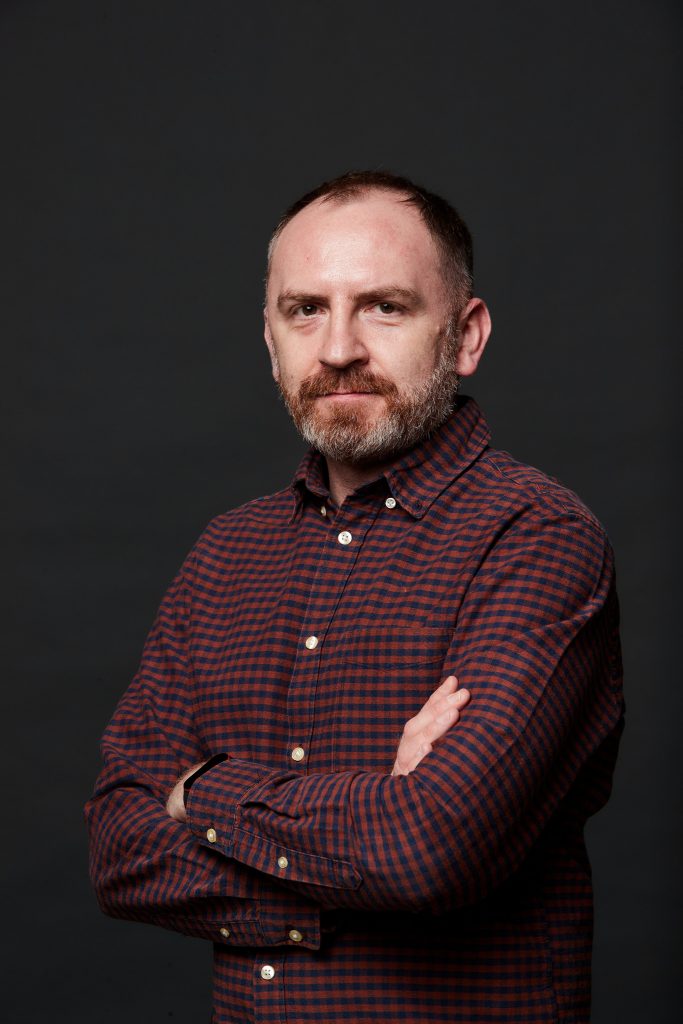
Project Leader and Senior Researcher in biomedical applications of photonics at the International Center for Translational Eye Research (part of Institute of Physical Chemistry, Polish Academy of Sciences). Biophysicist developing imaging systems for biomedical applications and hobbyist photographer. Experienced in the design and construction of Optical Coherence Tomography systems for specific needs, from anterior segment structural and functional imaging to longitudinal measurements of mouse embryos. Has a solid background as a Project Coordinator and Team Leader.
OCT – beyond classical imaging
During the talk, I’ll provide an introduction to modern optical coherence tomography techniques. The method, so successful in ophthalmology, can offer much more than standard static imaging. We will explore various OCT-related methods for contrast enhancement including mechanical, polarization, or dynamic contrast
Marcin Koba
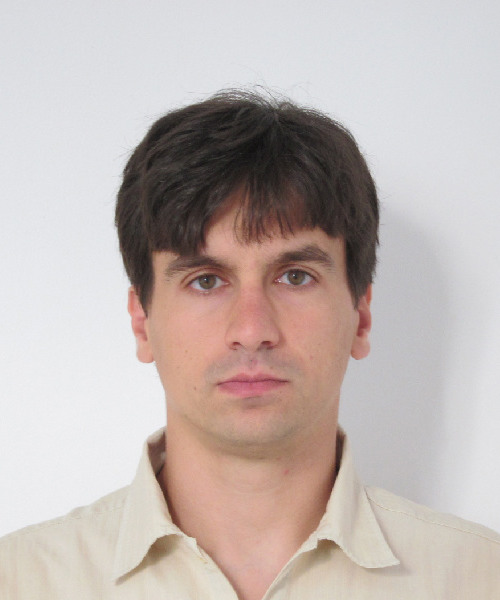
Marcin Koba, PhD, DSc. An associate professor at National Institute of Telecommunications and assistant professor at Warsaw University of Technology. Postdoctoral fellow at University of Warsaw, Faculty of Physics (2011-2013) and Université du Québec en Outaouais (UQO), Photonics Research Center, Canada (2013-2015). Visiting professor at UQO in 2016 and 2017. Currently involved in research and development of optical sensor devices and systems, which include theoretical and experimental studies on principles of operation, technology, and measurement.
Optical fiber sensors
The talk will introduce optical fiber sensors and biosensors. A general overview of these optical devices will be given with some examples illustrating principles of operation, technological challenges, and applications. The talk will be concluded with a glimpse on a future of optical fiber-based sensors.
Maciej Lisicki
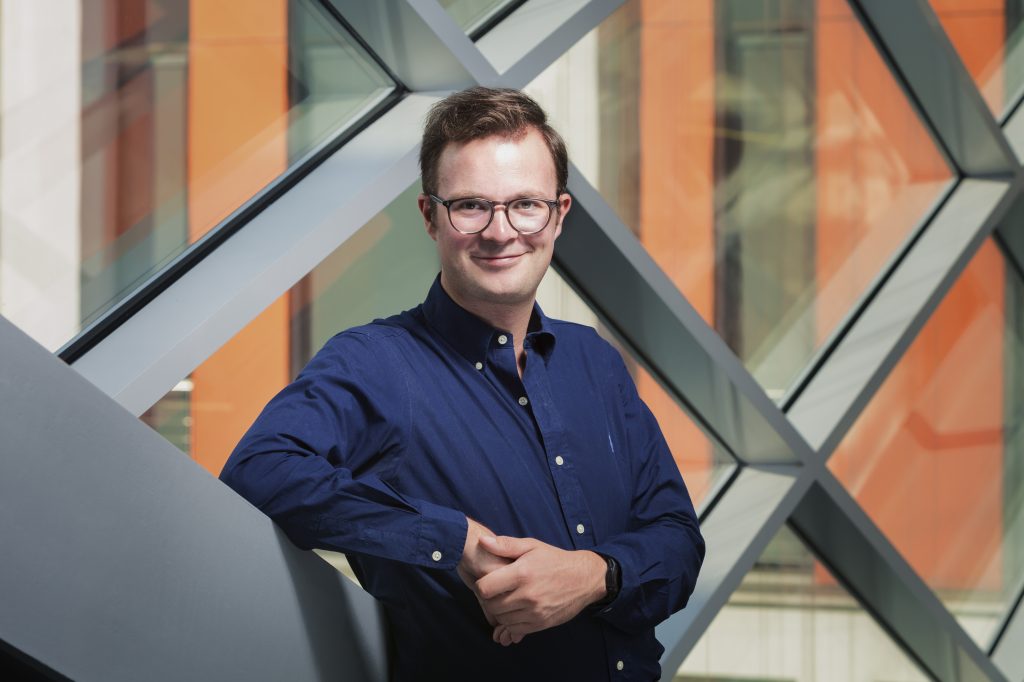
Maciej Lisicki is an Associate Professor at the Faulty of Physic, University of Warsaw. He works in the field of soft matter physics and biological fluid dynamics. He is also interested in the physics of everything that flows around us. After his PhD in colloidal science at the University of Warsaw, Maciej spent 3.5 yeas as a postdoctoral fellow at the University of Cambridge, researching how bacteria swim and induce microscale flows in their surroundings. Their propulsion mechanisms inspire artificial designs and foster the development of the field of active matter systems. As a side activity, he recently co-authored a review paper on kitchen flows and leads a team researching the physics of brewing an ideal espresso. Maciej is also keen on sharing his experience with the general public through various outreach activities. Apart from science, Maciej greatly enjoys the outdoors, hiking, skiing, cycling, and chasing life’s little pleasures.
Light-switchable propulsion of active particles with reversible interactions
Active systems such as microorganisms and self-propelled particles show a plethora of collective phenomena, including swarming, clustering, and phase separation. Control over the propulsion direction and switchability of the interactions between the individual self- propelled units may open new avenues in designing of materials from within. Here, we present a self-propelled particle system, consisting of half-gold-coated titania particles, in which we can fast and on-demand reverse the propulsion direction, by exploiting the different photocatalytic activities on both sides. When illuminated with green visible light, the particles move towards the gold cap, while when exposed to UV light, they reverse their direction of motion. We demonstrate that the reversal in propulsion direction changes the nature of the hydrodynamic interaction from attractive to repulsive and can drive the particle assemblies to undergo both fusion and fission transitions. In the talk, I will give an introduction into the physics of microscale active matter and present this novel experimental setup, together with a simplified theoretical description of microscale flows created in this setting.
Ryszard Piramidowicz
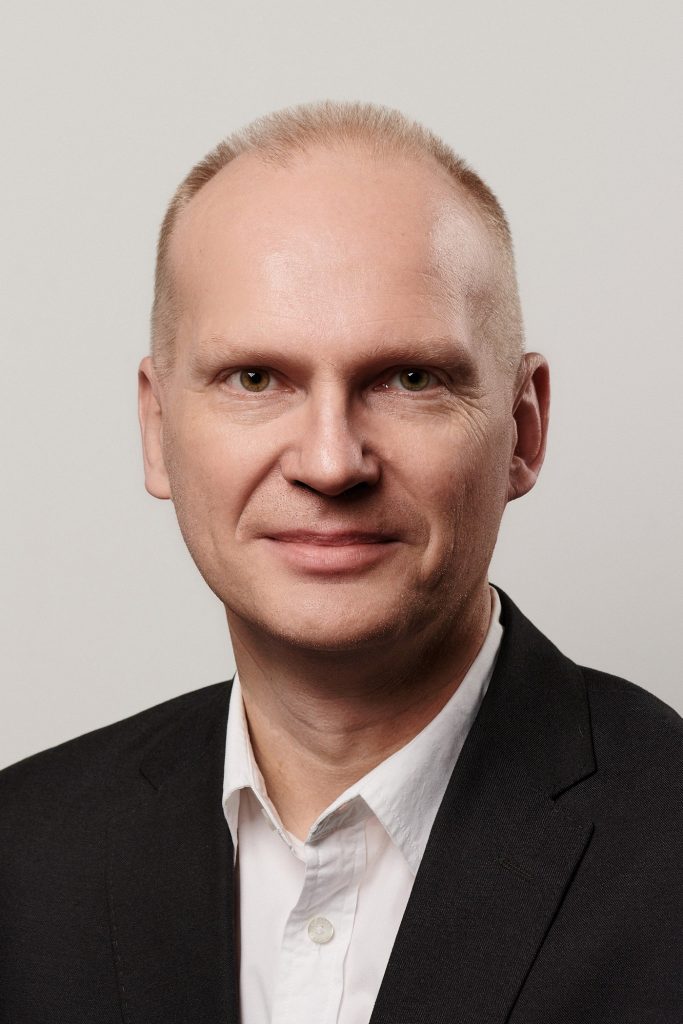
Ryszard Piramidowicz, PhD, DSc, MBA. Currently an associate professor and head of the Optoelectronic Division, Institute of Microelectronics and Optoelectronics (Warsaw University of Technology). Expert in Optoelectronic Systems Team in VIGO Photonics company. Primary scientific expertise covers research and development of novel active materials for photonics, optical spectroscopy, solid-state laser technique, fiber-optic communication, and, recently, the most intensively explored, integrated photonics. Author of 250+ reviewed journal and conference publications. President of Polish Committee of Optoelectronics of Association of Polish Electrical Engineers SEP, member of IEEE, OSA, and SPIE. WUT’s representative in Technical Committee no. 282 of Polish Committee for Standardization, National Smart Specialization KIS 9. Electronics and Photonics and Photnics21 European technological platform. A big fan of Star Wars (rather older parts), decisive for his career in optoelectronics and laser technology, scuba diver, and fencer. Occasionally sailor and skier. Lucky to do what he loves.
Integrating photonics – the world of photonic integrated circuits
The contemporary world is shaped by and heavily dependent on ICT technologies rooted deeply in integrated electronics. Microprocessors of various kinds are omnipresent, assisting practically every aspect of human activity – communicating, learning, working, shopping, entertaining, exercising, etc. Since the beginning of the XXI century, integrated electronic solutions started to be complemented by their counterparts operating in the optical domain – photonic integrated circuits (PICs). These are playing an increasingly important role in an impressively wide application area, covering telecommunication, datacom, sensing, medicine, environmental protection, agriculture, automotive, and many others. This presentation will discuss the fundamental issues and the most significant achievements of contemporary integrated photonics, specifically emphasizing the Polish perspective. An overview of the state-of-the-art technologies will be presented, followed by an analysis of the major application fields, illustrated by emerging and commercially available solutions. The major factors limiting progress in technology development will be discussed together with the perspectives and challenges integrated photonics face. Finally, a new photonic integration platform MIRPIC, currently being developed in Poland, will be announced, designed for operation in the mid-IR spectral range, and the potential application fields will be discussed
Jan Szczepanek

Jan Szczepanek defended his Ph. D. in Laser Physics at the University of Warsaw in 2019. Since 2019, he has been working as a senior physicist in the Research and Development department of Fluence technology sp. z o.o. in Warsaw, Poland. Fluence sp. z o.o. is a manufacturer of femtosecond laser solutions with cutting-edge all-fiber technology. His interests during his studies and current work include femtosecond fiber lasers and ultrashort pulse characterization techniques.
Artificial saturable absorbers in femtosecond fiber lasers.
Ultrafast science and technology strongly depend on the development of novel ultrafast sources. Reliable, cost-effective and environmentally-stable all-fiber ultrafast laser architectures attract a lot of attention from the scientific and industrial communities. Saturable absorbers are used in laser cavities to start and maintain ultrashort pulse formation. I would like to present an overview of the artificial saturable absorbers that can be used in all-fiber environmentally stable cavities, examples of their applications, and how stable and robust laser sources can be used in industry.

